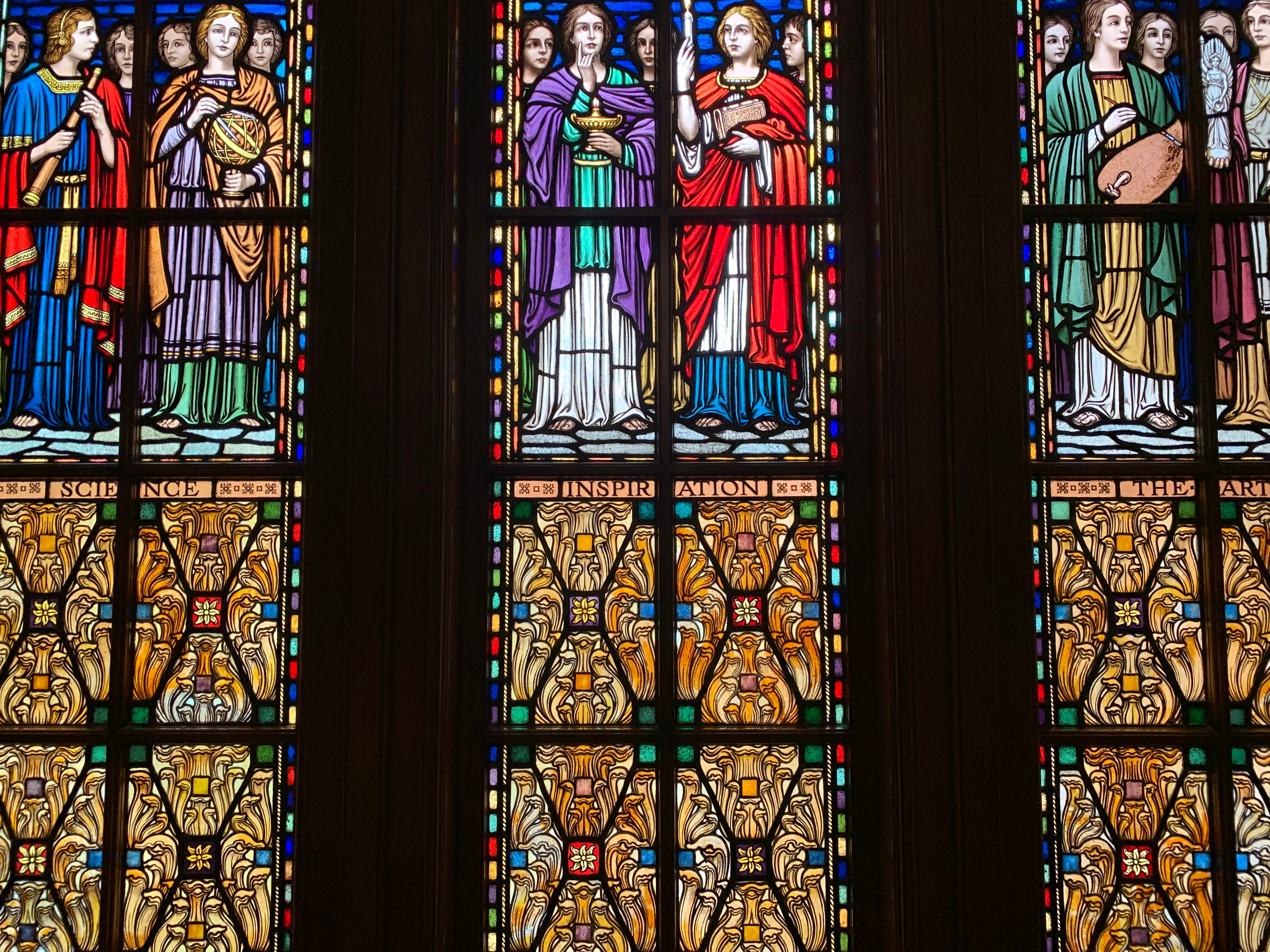“I would like to keep the majority of undergrads from Michigan.”
These words were uttered by University of Michigan President Mark Schlissel while addressing the school’s shifting demographic makeup: 51 percent of students are from the state of Michigan, while 49 percent are from outside the state. As recently as 2009, the split was 56 percent in-state and 44 percent out-of-state. Although Schlissel publicly claims he wants to keep a majority of the student body from Michigan, the admission trend is in the other direction. In the last five years, the student body has grown by 3,091 students—nearly 90 percent of whom are out-of-state.
This shift poses some issues for the school. U-M is the flagship public university for the state of Michigan. The state provides over 300 million dollars in annual funding for the school, making up 15 percent of the university’s general fund budget. High school students in Michigan receive preferential admissions as a condition for this funding and Michigan residents expect the university to provide a substantial opportunity for the state’s brightest students to receive an elite education.
The university, for what it’s worth, holds up this bargain. In 2018, the in-state acceptance rate was 41 percent, while the out-of-state acceptance rate was closer to 19 percent. The demographic shift, then, is best explained by the sheer number of applications the university receives. Last year, over 65,000 students applied for undergraduate admission, with only 12,000 students applying from in-state. Back in 2010, that number was 31,000, with nearly 10,000 students applying from in-state. As in-state students comprise a smaller share of the application pool, they naturally fill a smaller share of the student body.
Should this be a welcome change?
The university reaps some clear benefits. A full year of tuition for an in-state undergraduate is roughly $15,000, while out-of-state students pay close to $50,000. With larger cash flows, the university can bolster its $2 billion General Fund budget, which pays for academic and administrative operations. From an academic perspective, the university benefits from having the widest application pool possible so the school can recruit the top students from all across the world, and not just the state of Michigan. If the school wants to affirm its status as a top-tier university, it has to compete for the same students applying to elite private schools. Maintaining its historic levels of in-state students means getting left behind.
Still, the university is stuck between two conflicting identities. Does it want to be a public flagship university that primarily educates students from the state of Michigan, or does it want to be a Midwest Ivy League transplant? The university administration should not assume that the character of the school, being grounded in its location, wouldn’t change if the university educated students that increasingly come from outside the state. And from a political perspective, the university should not overlook the optics of being funded by millions of dollars from Michigan taxpayers while primarily enrolling out-of-state students.
It appears the university has two options: privatize or enforce a hard minimum of in-state students. On the first option, there’s no doubt it would be difficult to separate from the state government and chart its own way forward as a private school. If it pulled this off, though, it could drop its admission rate and admit whoever it wants, taking on all the appearances of an elite private university. In student demographics, it could become indistinguishable from other top-tier universities.
The second option, which I’m partial toward, would require the university to maintain a majority of students from the state of Michigan. Another public flagship, the University of North Carolina at Chapel Hill, enforces a similar policy by maintaining a minimum of 83 percent of in-state students. U-M should balance the benefits of bringing in diverse people and perspectives from around the world while sustaining its identity as an accessible state university when determining the appropriate quota.
Would this policy handicap the university’s academic excellence? Maybe. But one must keep in mind that the school is attractive to competitive students and talented faculty outside the state of Michigan, at least in part, because it offers a premier education within the context of a Midwestern landscape. There is value to having a top school that eschews some of the signage of elitism. After all, you don’t become “the best university in the world,” in James Earl Jones’s eternal Big House words, by following someone else’s model.
